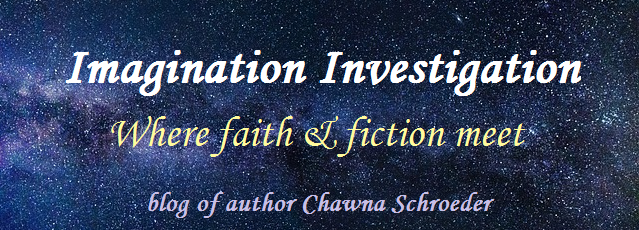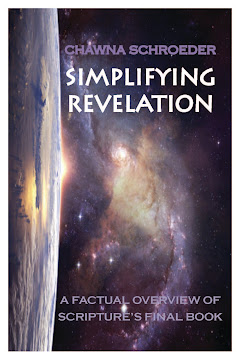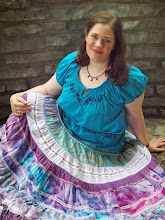The January CSFF tour, though a bit later than normal, has at last arrived. This month we’re discussing Andrew Peterson’s second installment in his Wingfeather Saga, North! Or Be Eaten.
However, before I dive into my book review and interview, I wish to clarify my thoughts on the target age group for this novel.
Though the Christian publishing market tends to lump together books for older kids and teens, my reading has left the impression that at least four divisions exist: Mid-grade (for 8-12 year-olds), tweens (10-14 years), teens (13-16 years), and true YA (14-18+ years). So what does North! Or Be Eaten qualify as and why?
The first book of the Wingweather Saga, On the Edge of the Dark Sea of Darkness, is clearly targeted for the mid-grade level. But this second novel carries a darker edge than book one. Does that mean it should be listed for an older age group?
Maybe. For me, I weight the way evil and darkness are presented more than the amount. For the presence of evil and darkness does not so much determine the age level as much as the age level determines whether the evil and darkness are appropriately handled.
So how do I determine the age level of a novel?
1. Language & Style. As a general guideline, a mid-grade novel has simpler words, shorter sentences, shorter chapters, and smaller paragraphs than older novels. Its descriptions are often briefer and has more telling as well.
2. Length of Novel. Mid-grade novels are usually shorter.
3. Feel of Series Overall. While occasionally a book will creep up in age as a series progresses, the style usually does not change that drastically within a series. (Change the series and the age can change, even if the series are related.) This only practical: a change makes shelving the books more difficult and will upset parents, who often assume books two and three will be as appropriate for their child as book one. One of the few exceptions I’ve seen is the secular series by Chris D’Lacy, where there is a huge change in style and material between The Fire Within and Icefire.
4. Age of Main Protagonist. Kids read up about those older themselves. So mid-grade protagonists usually range from 11-14 years (12 and 13 most common), whereas tween fiction protagonists are 13-16 years and teen protagonists are at least 16.
5. Relationship between child protagonist and the adults. In mid-grade, the influence and prominence of parents or other adult mentors tend to be strong, and a child’s submission to that authority is evident. Books for tweens and teens may still have mentors and parents, but the focus shifts away from that relationship as the protagonists are given more independence and responsibility.
6. Themes presented. A mid-grade novel will more likely deal with getting along with siblings, obedience to parents, and obedience to God, while teen novels ask questions about identity, the relationship with God, and purpose in the world at large.
7. Complexity of Issues. This is probably what sets each level apart more than anything: How the issues are handled and to what depth. For the same theme—sibling rivalry, for an example—may appear in all four levels, but added questions, complexity, and struggles will show up in a teen novel not found a mid-grade novel.
Mid-grade novels tend to paint the world in more black & white: this is right, this is wrong. It portrays characters as good or bad (good characters might do wrong, but they’re still characters on the side of good, vs. the dubious characters of mixed motive). Consequences and rewards are clear, more immediate. Issues are kept simpler and closer to home/on a smaller scales, with most or all questions answered.
So is North! Or Be Eaten written for mid-grade or someone older?
The language and length of the book are more tween, but yet plenty of voracious mid-grade readers will enjoy that and first book is definitely mid-grade. The character’s ages could go to either tween or mid-grade. However, though the main character starts to grow in independence and responsibility, the relationship between the parents and the kids is definitely mid-grade—e.g. the necessity for the kids to wait on the parents before going north.
Finally, the themes and the complexity of the issues reflect more a mid-grade level: family relationships, the first budding of realization of a bigger world, evil and good clearly delineated, consequence clear, and issues on a smaller scale (the world might be at stake, but the stakes are determined by closer-to-home decisions, e.g. whether the protagonist decides to help his brother or not, something most mid-grade kids can identify with).
So North! Or Be Eaten borders between mid-grade and tween, but for me the factors weights it toward mid-grade and that is how I will list it at this point.
For more on North! Or Be Eaten, check out what the other bloggers are saying:
Brandon Barr, Justin Boyer, Amy Browning, CSFF Blog Tour, Stacey Dale, Jeff Draper, April Erwin, Todd Michael Greene, Ryan Heart, Timothy Hicks, Becky Jesse, Cris Jesse, Jason Joyner, Julie, Carol Keen, Krystine Kercher, Dawn King, Rebecca LuElla Miller, New Authors Fellowship, Nissa, Donita K. Paul, Crista Richey, Andrea Schultz, James Somers, Steve and Andrew, Rachel Starr Thomson, Robert Treskillard, Fred Warren, Jason Waguespac, Phyllis Wheeler, Elizabeth Williams, and KM Wilsher
Wednesday, January 27, 2010
Subscribe to:
Post Comments (Atom)




1 comment:
Stumbled on your blog while I was researching information for my mid-grade novel. Love your blog. Very helpful.
Post a Comment